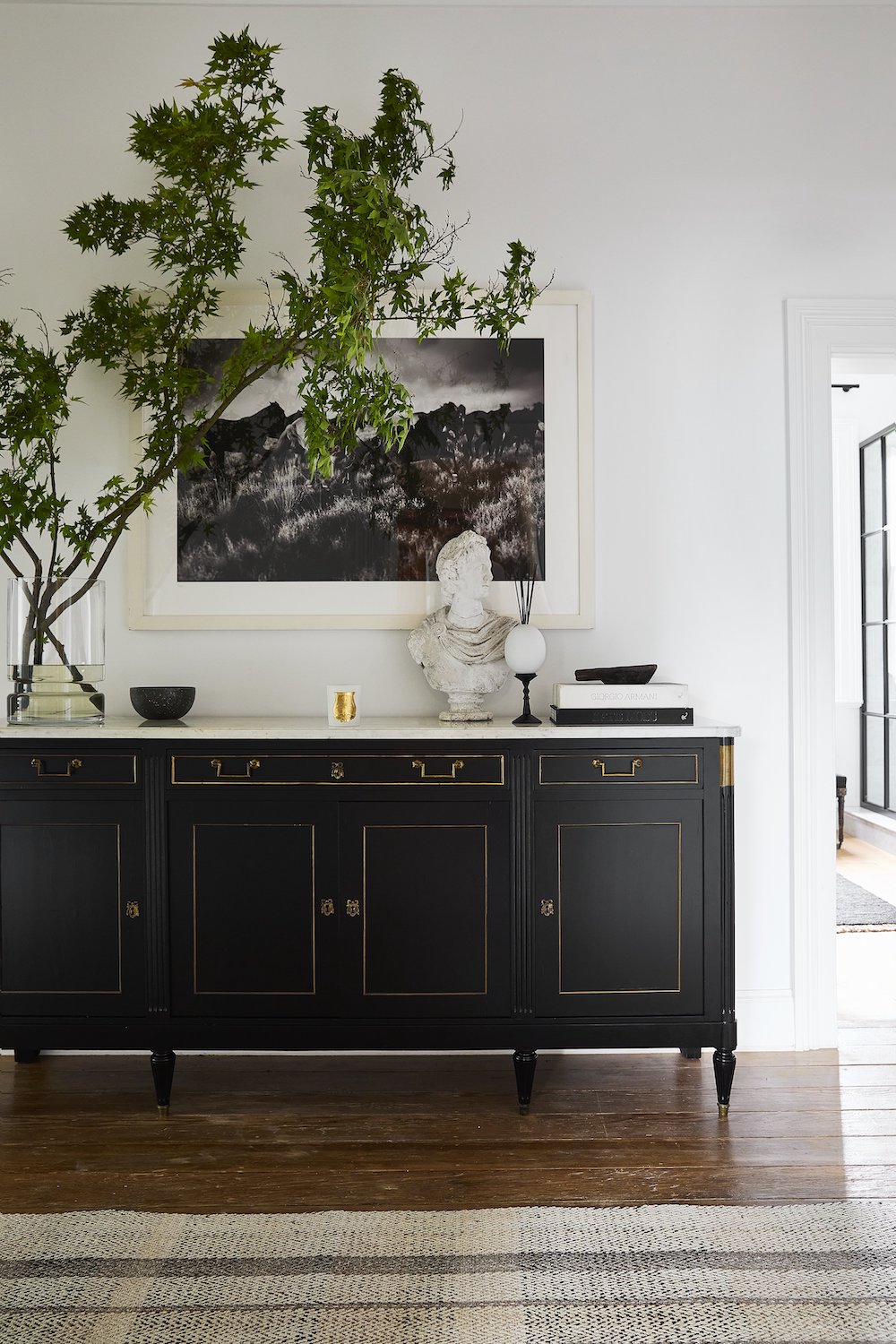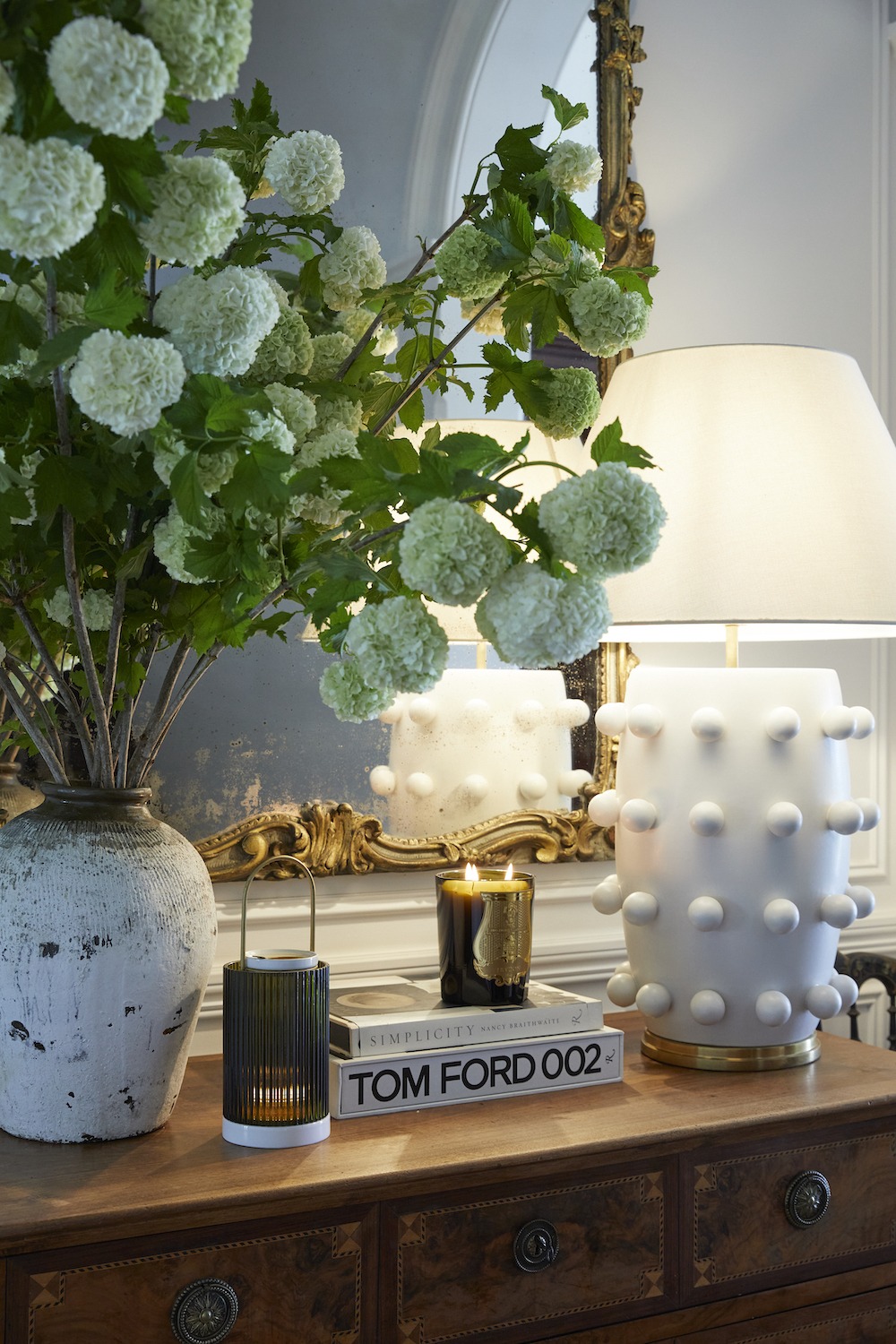Steve Cordony shared his tips on how to style a home in a classic yet cozy rustic way
Nives BokorSeptember 11, 2025
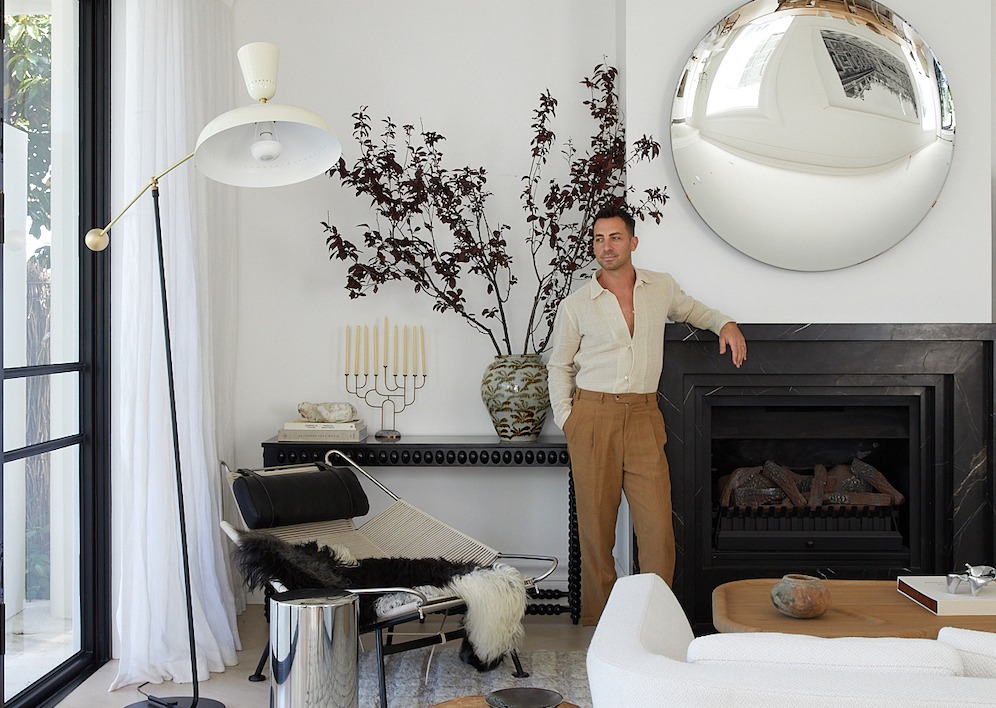
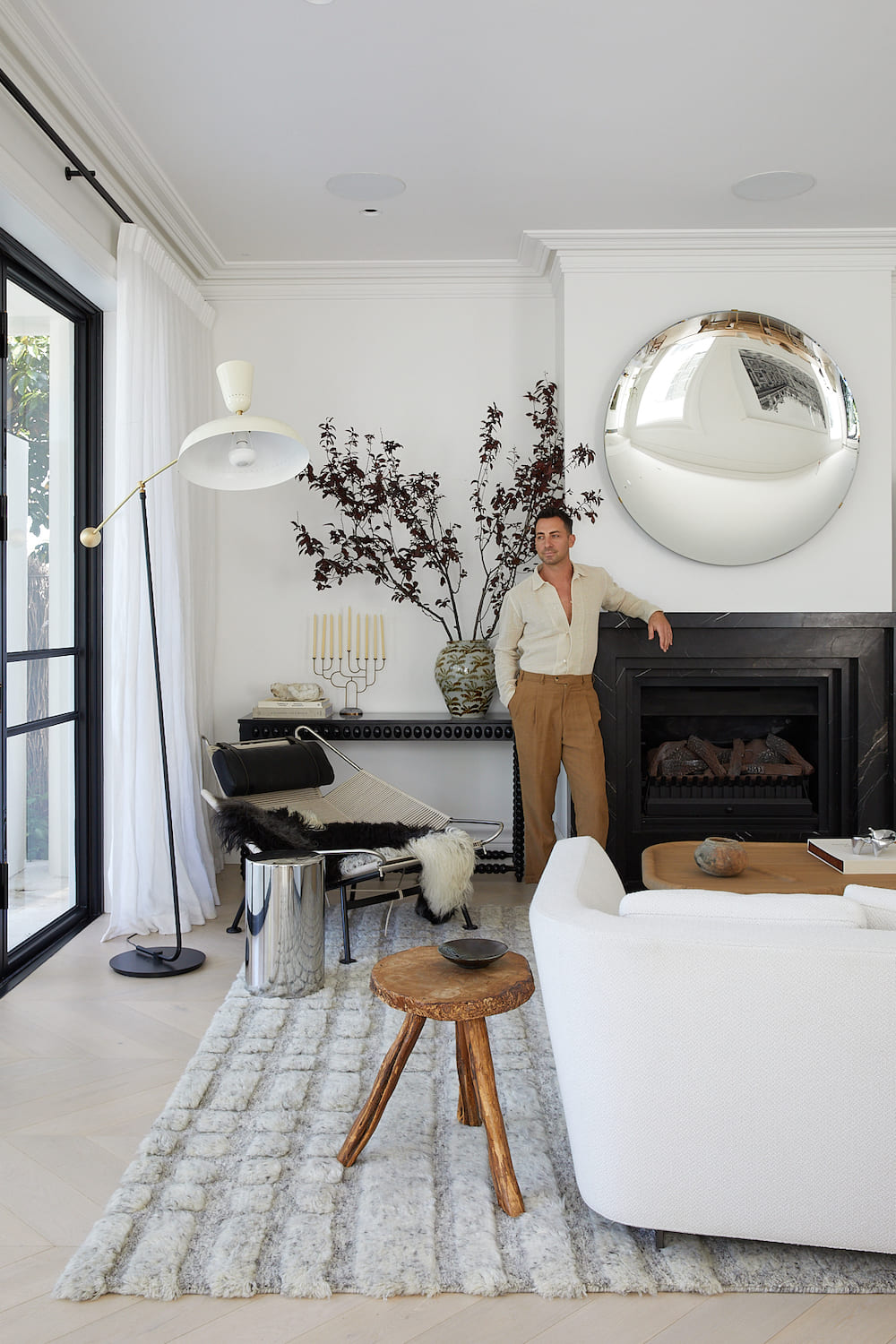
September 11, 2025
Renovating my apartment, which I bought four years ago, is still on hold. Why? If you ask me, there are a million reasons: lack of time, not being able to find the right contractor, prices that have skyrocketed into the stratosphere like Katy Perry… But if you ask my partner, he’ll tell you the reason that’s closest to the truth – I simply can’t make up my mind.
The endless scrolling on Pinterest feels more like a Don Quixote–style quest, full of mirages. One moment I’m pinning that green sofa because this is IT!… and the very next moment I’m convinced there’s a better choice out there. I step into someone else’s space and think I could live there forever, but then I start noticing how impractical it would be with kids; how that chair is the paradox of brilliant design and zero comfort, making it impossible to get through a single board game without fidgeting. Or how, the longer I look at that famous wallpaper, the more its pattern overload begins to weigh on me.
So I decided to embark on a mission: to study the most iconic interior styles and how to achieve them — but this time through the lens of some of today’s most renowned designers and architects. The first among them is interior designer Steve Cordony, who has just released his book Moments at Home: Interior Inspiration for Every Room. His style — rooted in European sensibility with a blend of classic and contemporary design — has captured the attention of over 900,000 followers on social media. He is particularly drawn to the aesthetics of Italian farmhouses and contemporary European expression, anchored by sculptural furniture, natural textures, and a warm, layered palette. All of which struck me as the perfect subject to explore this autumn.
I asked him for his key tips on how to bring the same spirit into my own home with minimal effort, using his property Rosedale Farm, an 1877 Georgian homestead in New South Wales, as an example. Here’s what he told me.
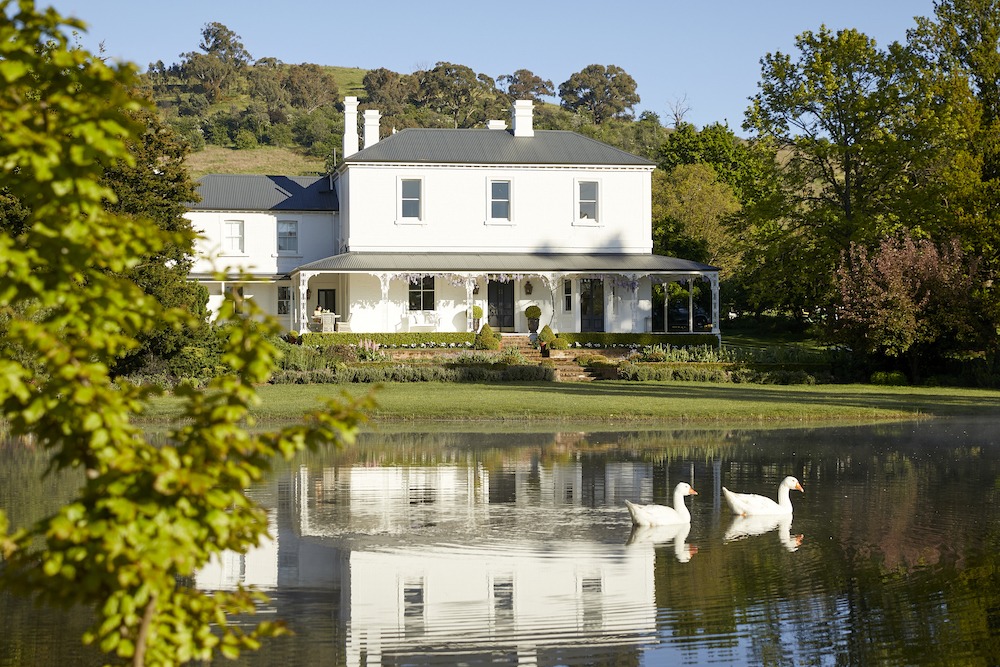
We’re constantly surrounded by beautiful images and endless interior design inspiration. It’s easy to feel overwhelmed, so I always recommend creating a style blueprint or moodboard at the start of any project. It is such an important reference for any project that allows you to concretely outline the design, signifying the colour, tone, feel, and aesthetic of the story you wish to tell. Always having that clear reference point means that no matter where the design process takes you, you can keep coming back to your original vision and stay true to it.
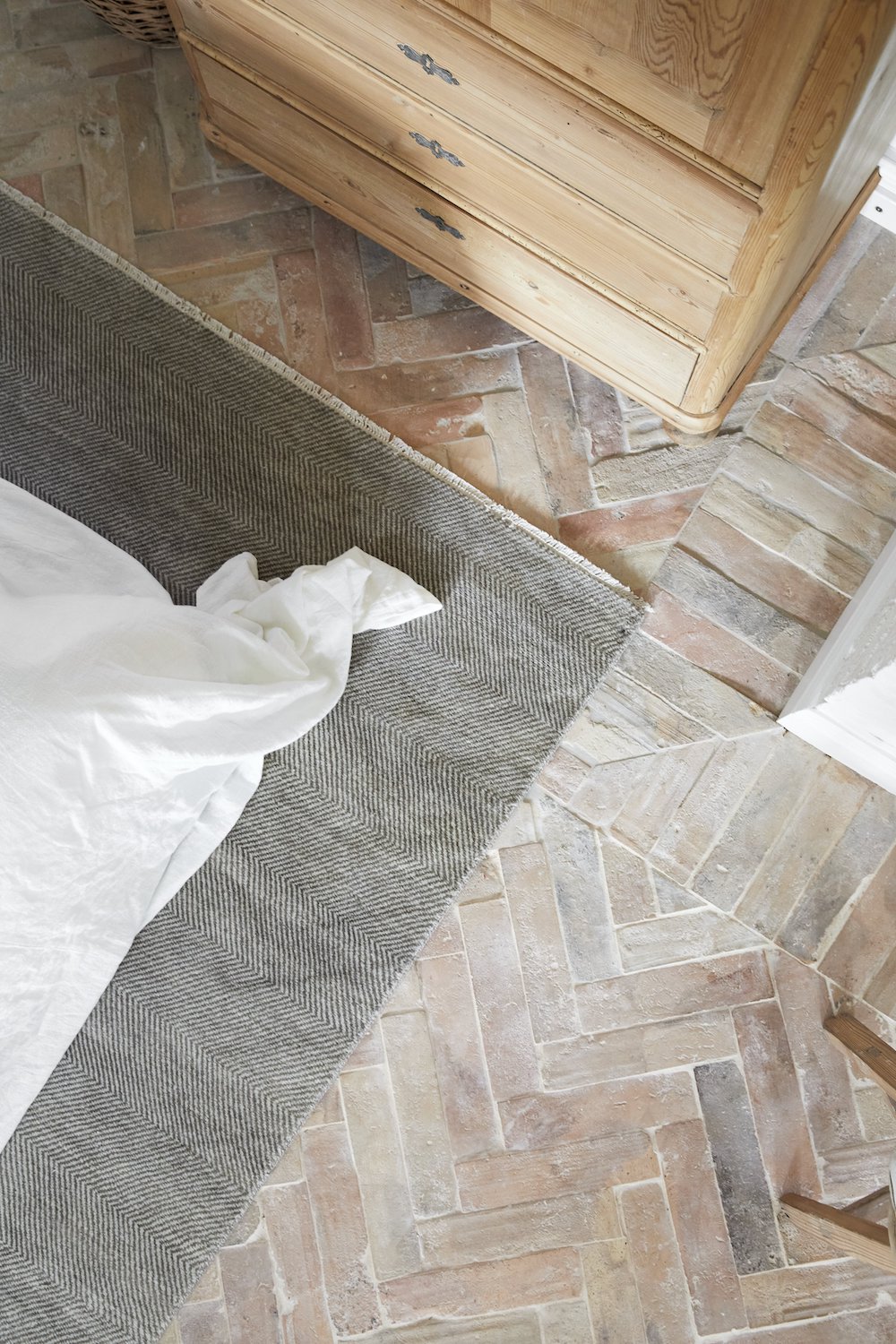
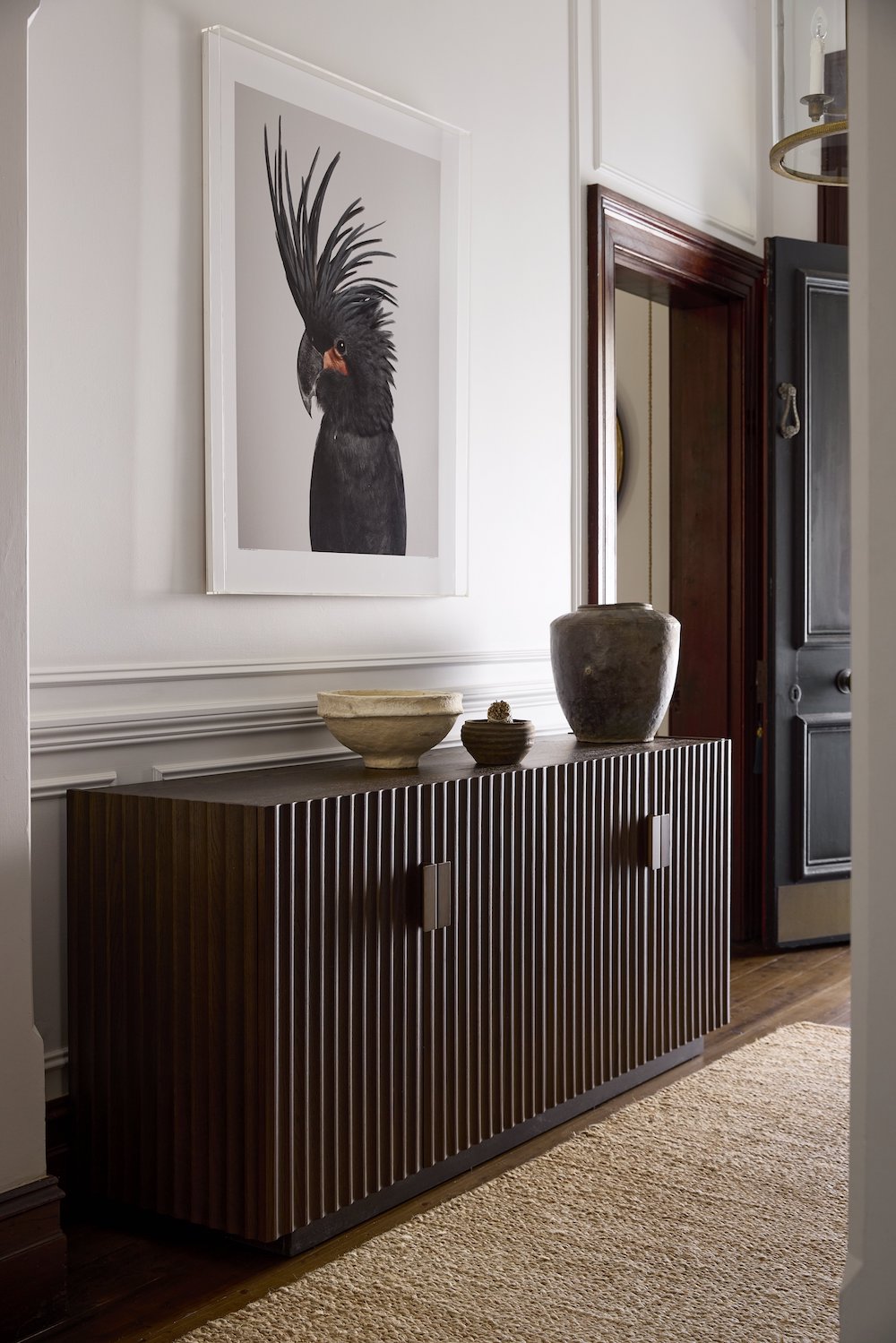
A home should always feel alive. A living, breathing three-dimensional space that defines your personal story and evolves with you over time. I’m drawn to materials that move and shift with time to create a sense of memory within the walls. Materials like marble, natural stone, timber, terracotta, bronze, and brass have weight and a quiet presence that anchors a space. Then I layer in softer, more tactile materials like linen, rattan, cotton, jute, and sisal. These add movement and a sense of warmth and texture that keeps a space feeling relaxed and effortless.

Nature is always my biggest source of colour palette inspiration. I like to take cues from the surrounding landscape, but also play with the chroma and saturation of different colours to create contrast and layers within your palette. Soft neutrals like stone, clay, muted greens, and earthy browns make for a great base, while an occasional pop of a naturally occurring vibrant hue can create more visual interest.
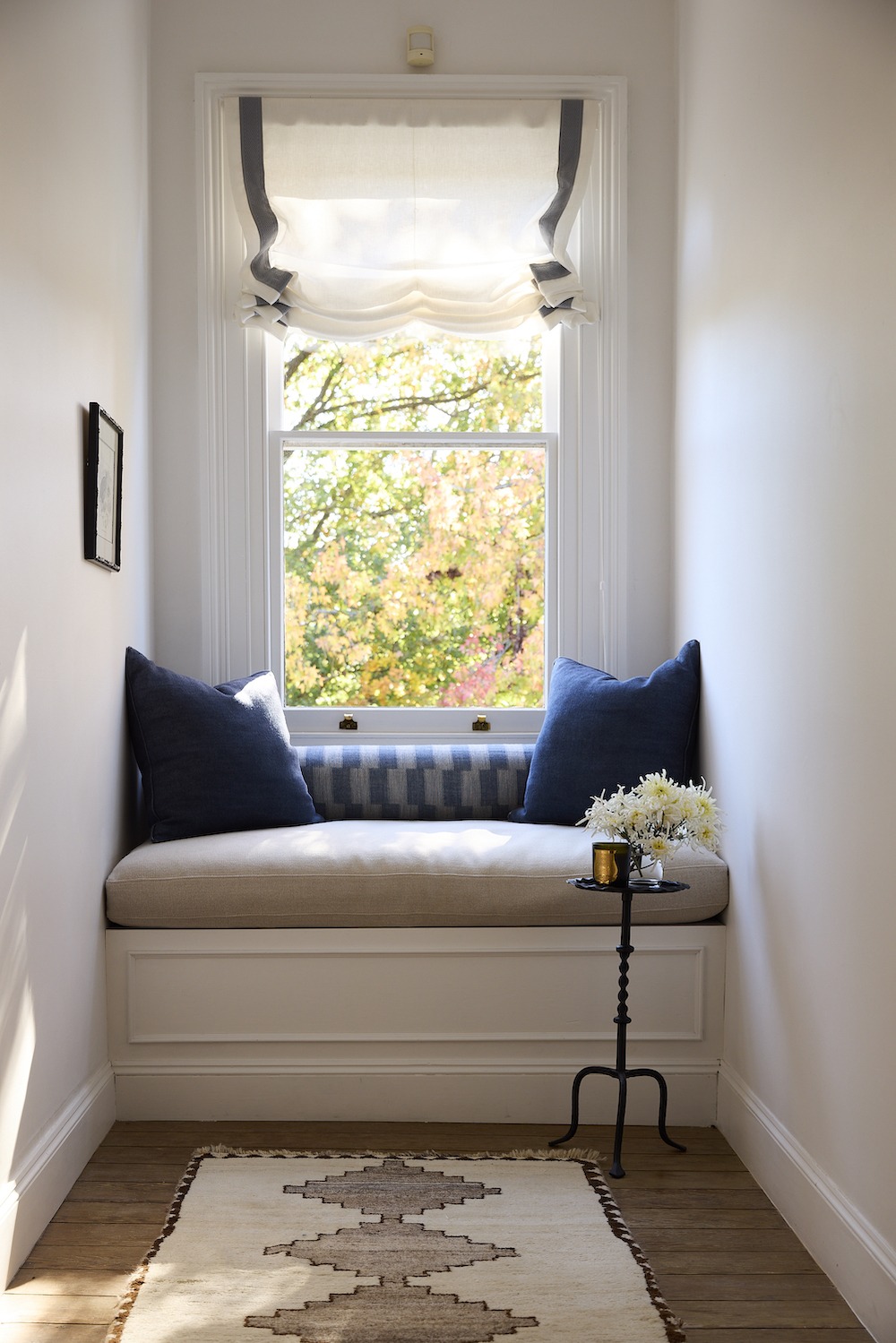
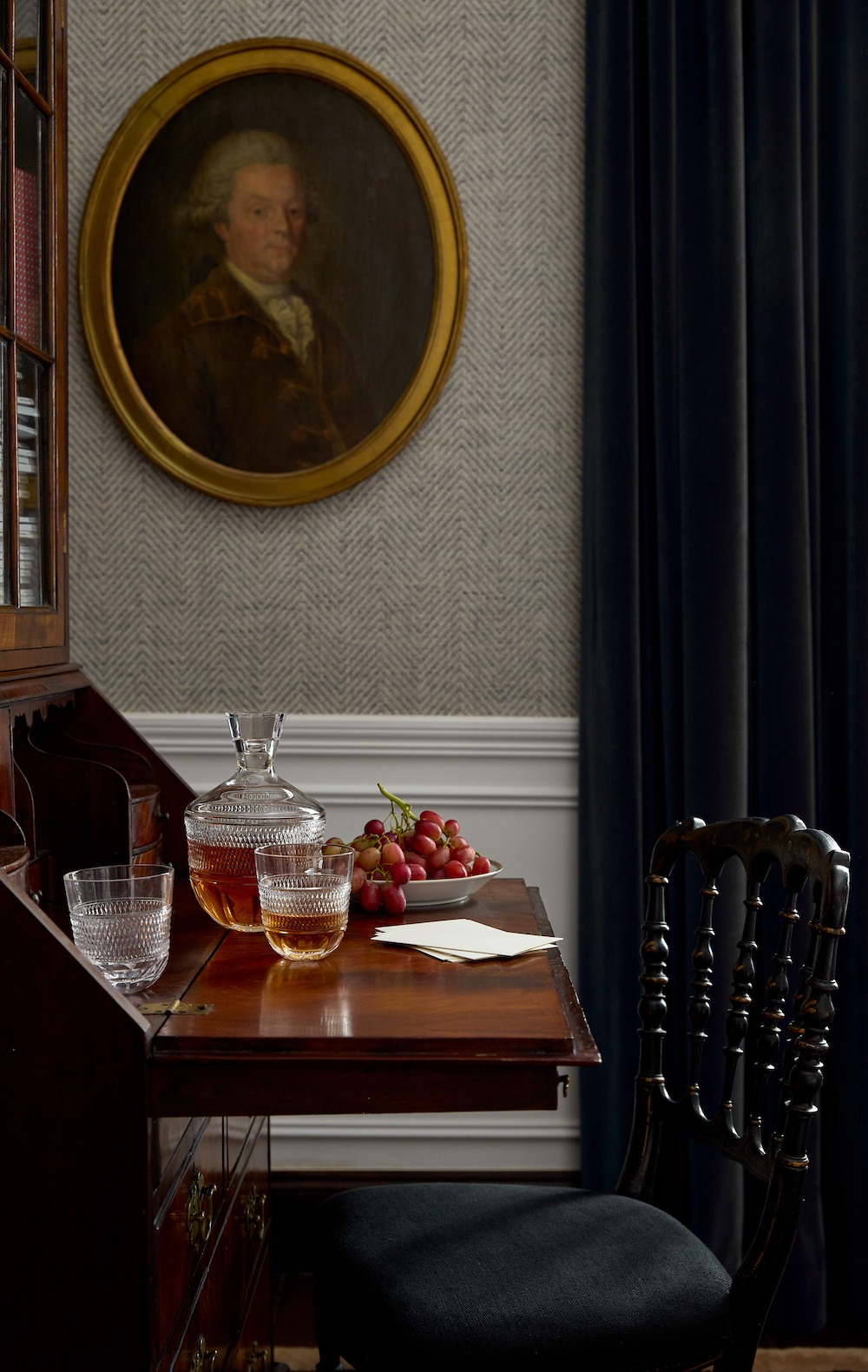
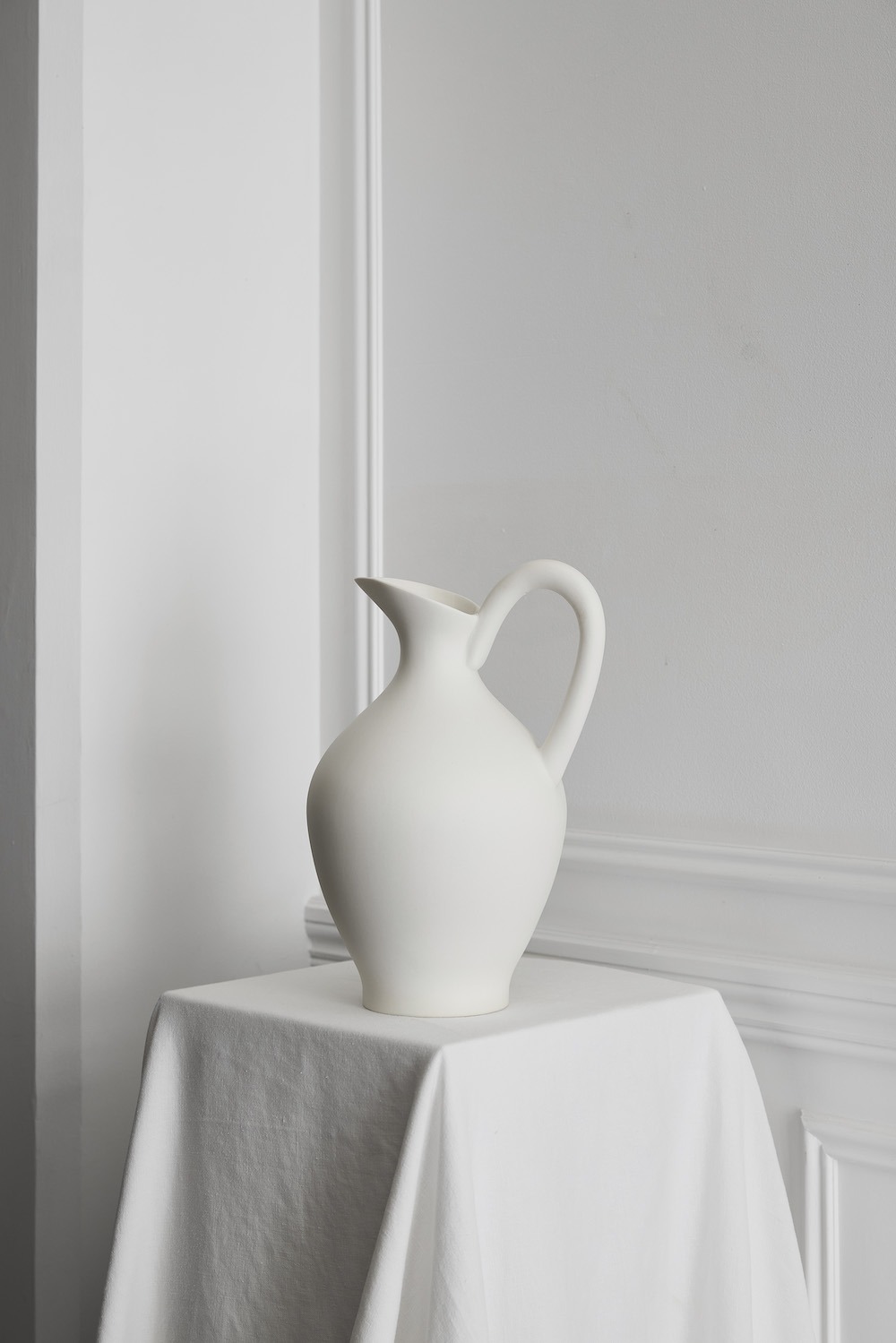
I always love mixing geometrics with an organic motif, so there is structure but also a sense of whimsy. A grasscloth wallpaper with a subtle geometric pattern pairs beautifully with a floral cushion, whether it’s on a bedhead or an armchair. Let each pattern have its own voice while making sure they all speak the same language. When this is done well, the mix feels layered and intentional rather than busy.
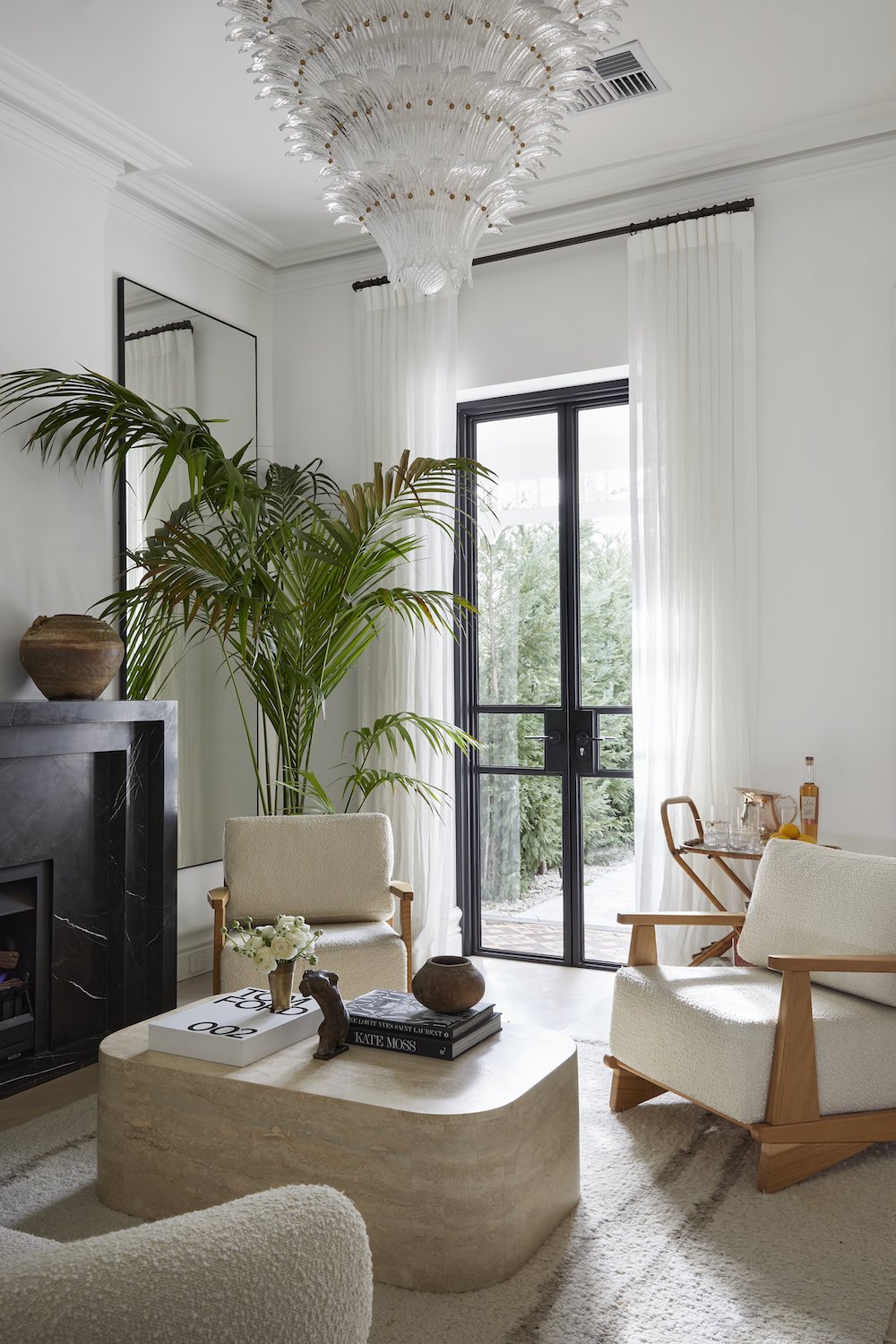
I love using large-scale Kentia palms because they’re architectural but still relaxed. Ficus trees are beautiful for their shape and structure. I think a Japanese maple in a large pot can be incredibly striking indoors, especially near a window where the light can filter through its leaves. They add that connection to nature that’s so vital in any home.
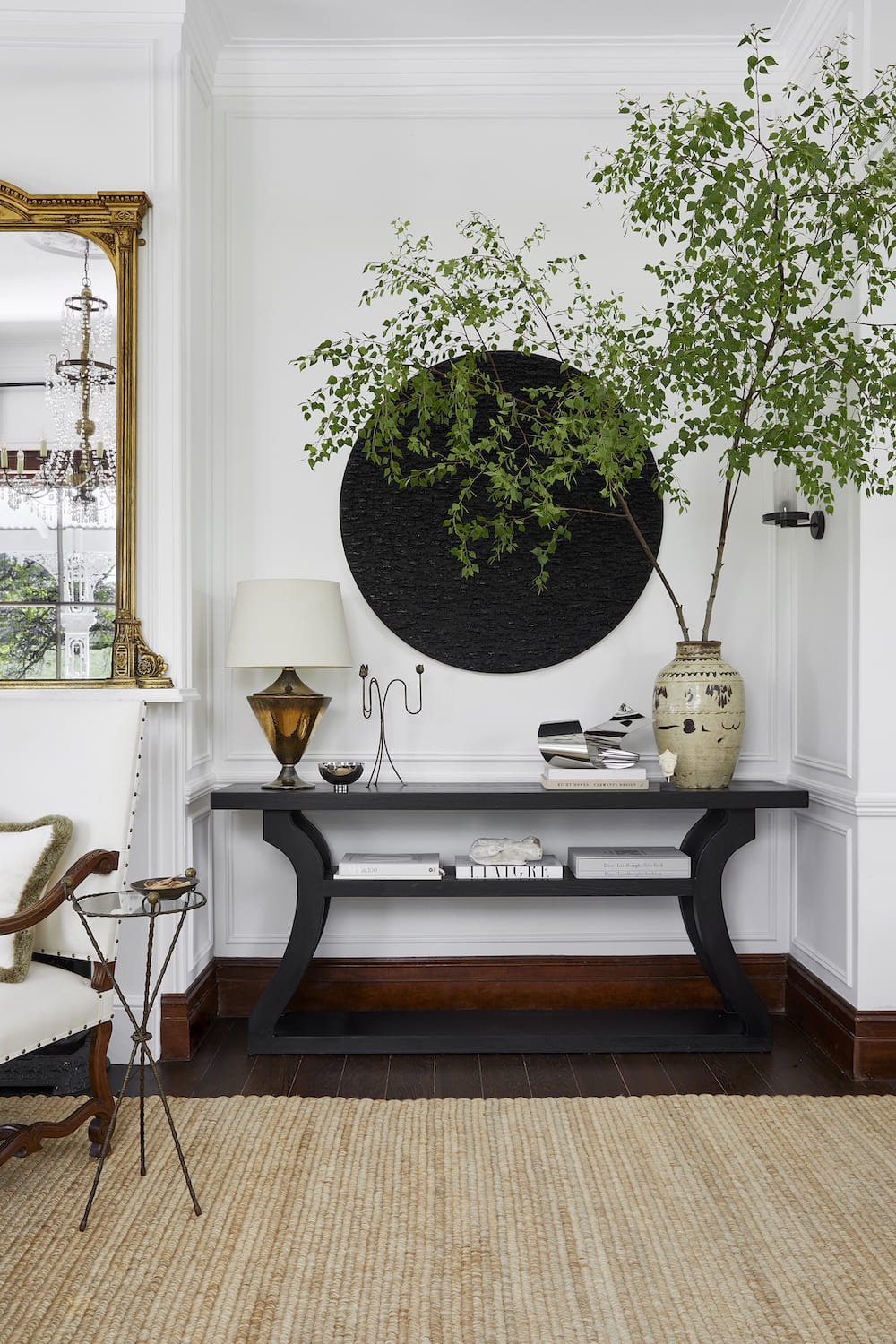
Personal touches are incredibly important as these seemingly fine details are the main character of your home’s persona. This is what gives a home its soul and tells the story of where you’ve been on your travels, your family history from objects handed down through generations, and brings true individuality to the interiors. It’s these personal touches that people will remember when they leave.
There are a few pieces I seem to always come back to. I always tend to have a gilt mirror of some description, a raw and weathered ‘dug up’ piece which could be a vintage Turkish vase or a Chinese Tofu pot, stacks of coffee table books on art, design, history, and some type of marble bust. And always a Trudon candle. Always.
